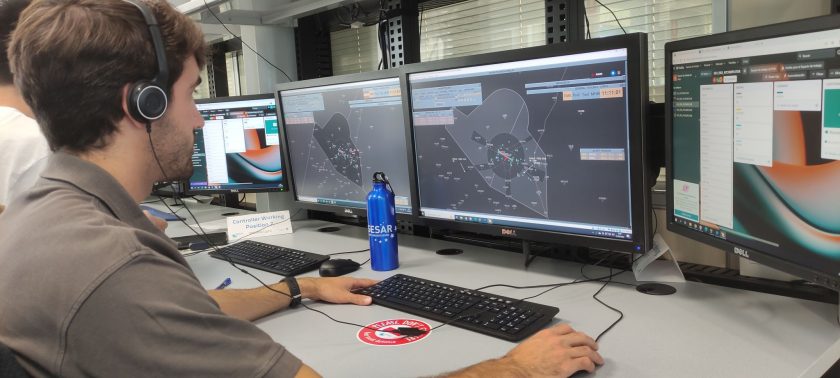SESAR AURA research consortium has performed a second series of simulations focused on the collaborative management of drones near controlled airports. The research looks at controller workflow, performance and mental impact with the aim of identifying additional support tools and operating rules.
The simulations investigated how tower controllers would be able to cope with the large increase in drone flights expected in urban areas while keeping manned aircraft safe. The results serve as a reference for further development of automated support tools for controlling airspace in collaboration with U-space. In detail, they considered how much controlled airspace needs to be released for drone operations without causing negative impact on airport operations. During the exercises, participants were less affected by drone activity than anticipated. When workload was low, some drones were allowed to cross the runway to shorten their flight distance. These preliminary conclusions will now be verified in a more in-depth analysis.
The final simulations are scheduled to take place in mid-October 2022, and will test additional support tools and human-machine-interface updates.
The AURA consortium is led by Indra and includes Airbus, ANS CR, Austro Control (COOPANS), DFS, DLR (AT-One), DSNA, ENAIRE, ENAV, Eurocontrol, FRQ (FSP), HungaroControl (FSP), Honeywell, Leonardo, LFV (COOPANS), NATS, NLR (AT-One), ON, PANSA (B4), Sintef and Thales.
For more information visit:
www.pj34aura.com




